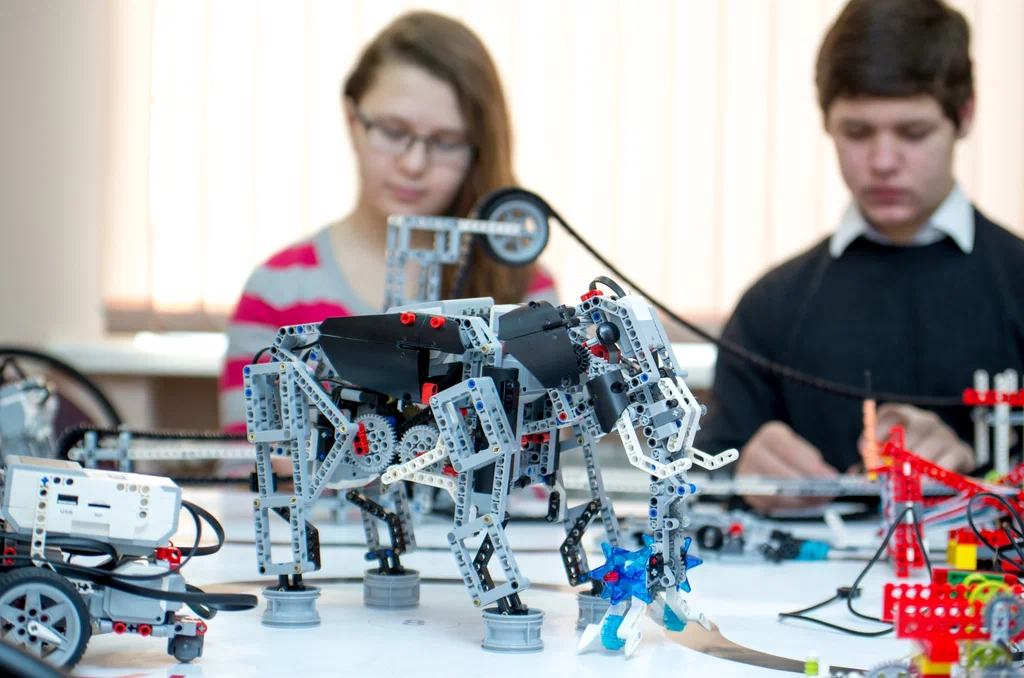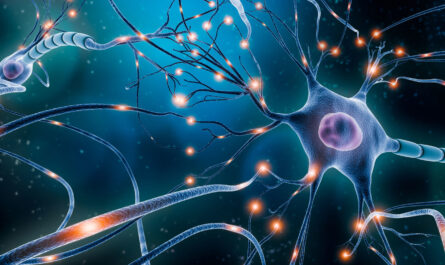Scientists in Japan have designed a groundbreaking two-legged robot that is powered by muscle tissue. The researchers combined muscle tissues with artificial materials to create a biohybrid robot that can walk and pivot, mimicking human movement. This innovative bipedal design is a step forward in the field of robotics, as it incorporates the flexibility and efficiency of human bodies.
The research team, led by corresponding author Shoji Takeuchi from the University of Tokyo, focused on developing a biohybrid robot that could perform fine and delicate movements, including sharp turns. Previous biohybrid robots were limited to crawling, swimming straight forward, and making simple turns. Being able to pivot and make sharp turns is essential for robots to navigate obstacles effectively.
To achieve this, the researchers designed a biohybrid robot that emulates human gait and operates in water. The robot has a foam buoy on top and weighted legs to maintain stability underwater. The main skeleton of the robot is made from flexible silicone rubber that can bend and flex to accommodate muscle movements. The researchers attached strips of lab-grown skeletal muscle tissues to the silicone rubber, one for each leg. When the muscle tissue is stimulated with electricity, it contracts, lifting the leg. The leg then lands forward when the electrical stimulation dissipates. By alternating the electric stimulation between the left and right leg every five seconds, the biohybrid robot successfully walks at a speed of 5.4 mm/min (0.002 mph).
To enable turns, the researchers continued to stimulate the right leg every five seconds while the left leg acted as an anchor. The robot successfully made a 90-degree left turn in 62 seconds. These findings demonstrate that the muscle-driven bipedal robot can walk, stop, and make precise turning motions.
Currently, the electrodes used for stimulation are manually moved to apply an electric field individually to each leg. However, the researchers plan to integrate the electrodes into the robot in the future, which will increase efficiency and speed. Additionally, the team intends to enhance the robot’s capabilities by incorporating joints and thicker muscle tissues to enable more sophisticated and powerful movements. However, before implementing these upgrades, a nutrient supply system must be developed to sustain the living tissues, and device structures are required to allow the robot to operate in the air.
Takeuchi expressed his excitement about the progress made, stating that the robot’s successful walking capabilities are significant achievements in the field of biohybrid robots. These advancements pave the way for more advanced and functional robots that emulate the movements of humans more closely.
The development of muscle-powered biohybrid robots holds promise for various applications, including assistance in healthcare, exploration in challenging terrains, and disaster response. By combining biological function with mechanical engineering, researchers are forging a new path in robotics that capitalizes on the advantages of both disciplines. As technology continues to evolve, the potential for even more remarkable biohybrid robots with human-like capabilities is within reach.
*Note:
1. Source: Coherent Market Insights, Public sources, Desk research
2. We have leveraged AI tools to mine information and compile it



